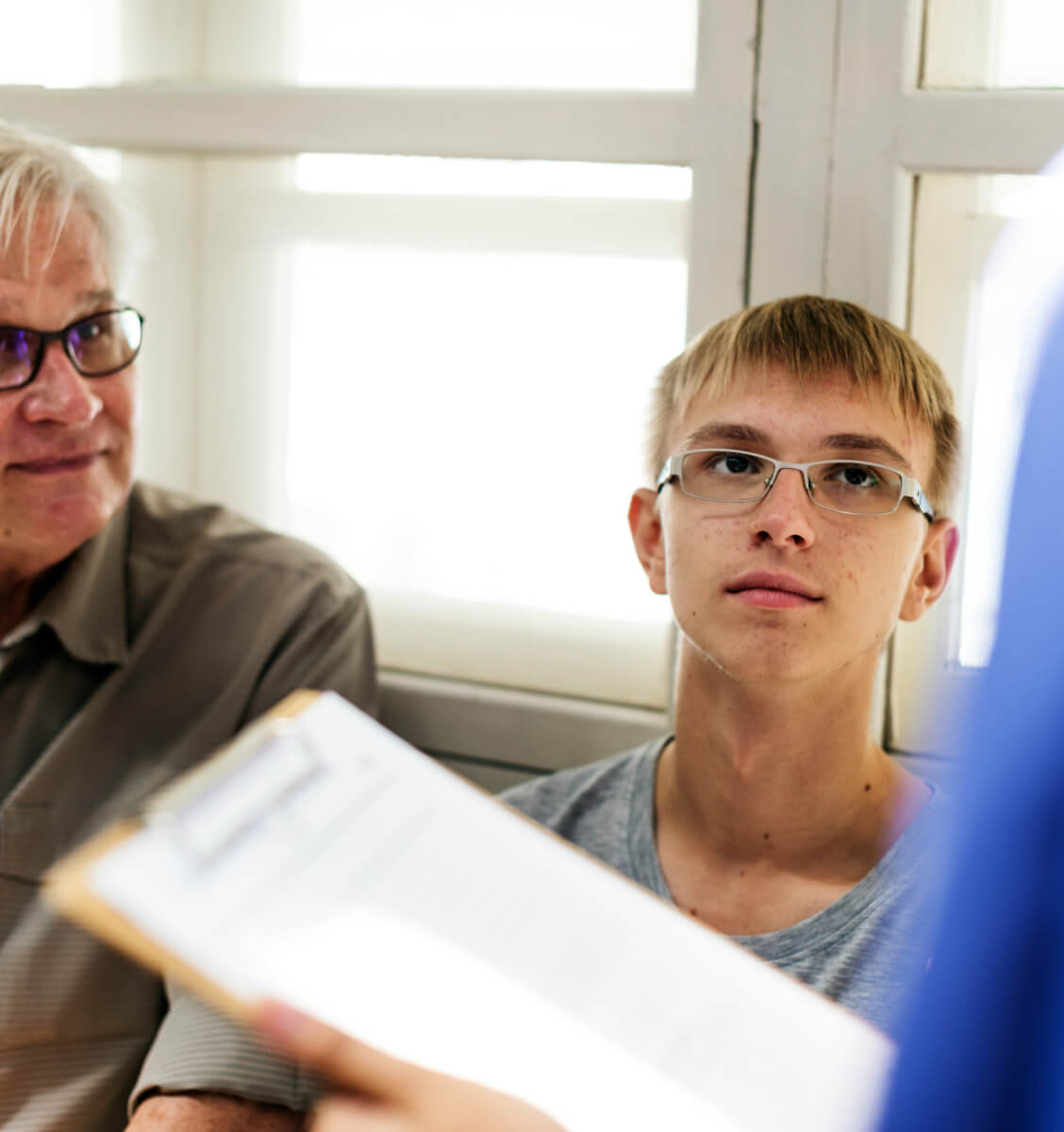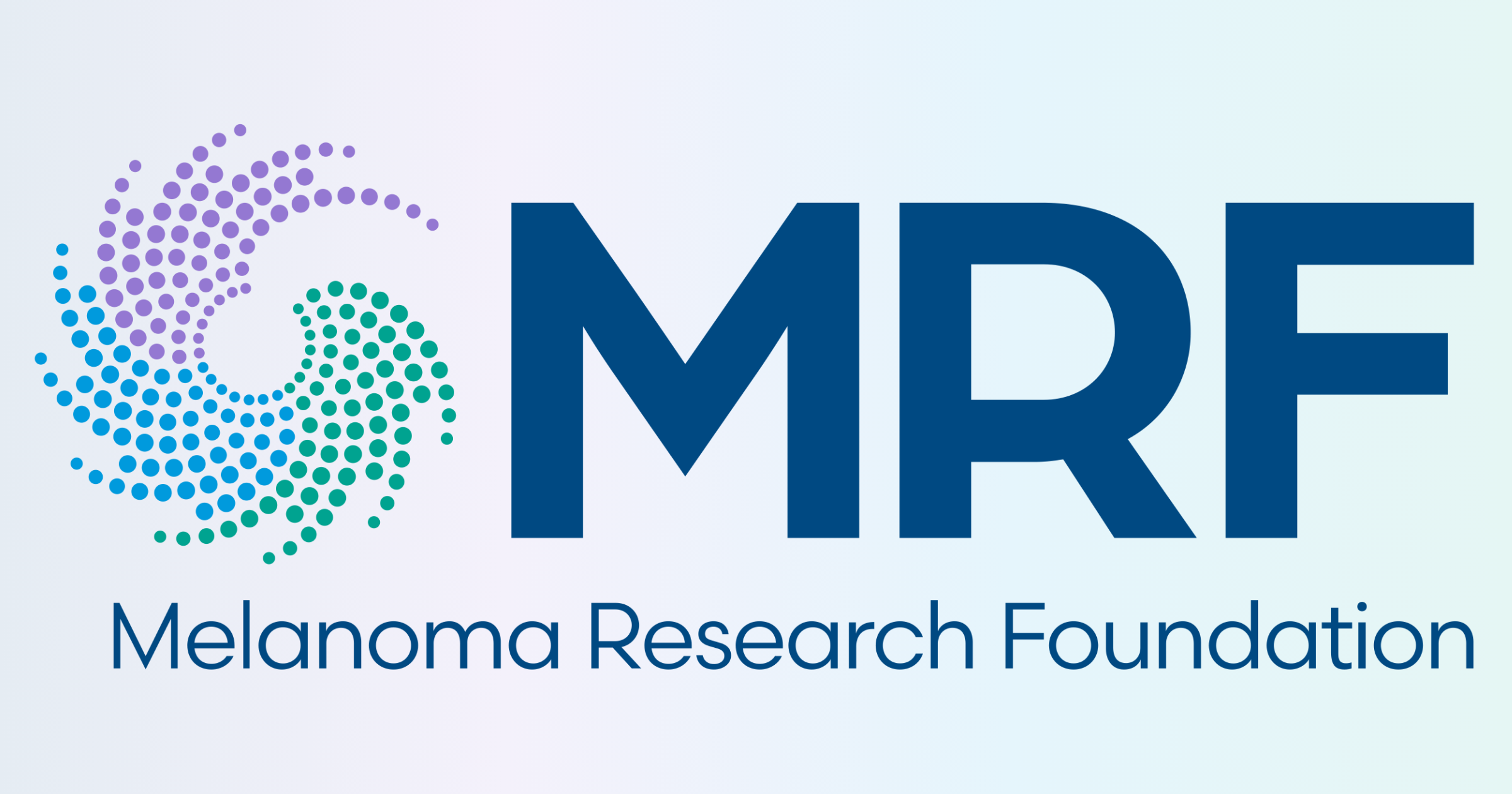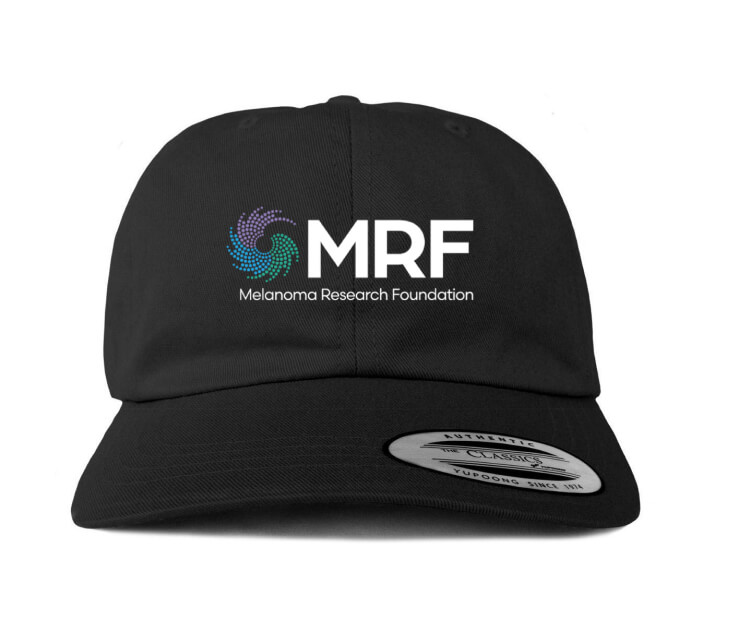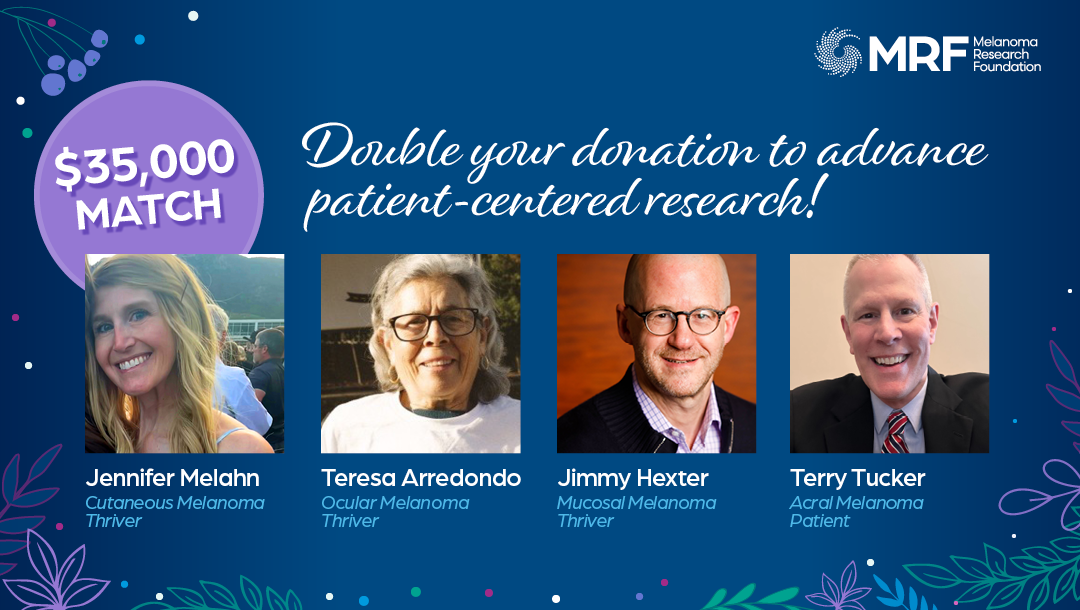January 27, 2025
Pediatric & AYA Melanoma
Understanding the Rising Dangers of Pediatric & AYA Melanoma
Understanding Pediatric & AYA Melanoma.
Melanoma, the most dangerous form of skin cancer, is on the rise in both adults and children. Although pediatric and AYA (adolescent and young adult) melanoma is quite rare, it makes up about 7% of all cancers in teens aged 15 to 19. Encouragingly, the number of cases in this age group has gone down in recent years, likely because of better sun protection habits and improvements in diagnosing the disease. The National Cancer Institute estimates that approximately 500 children in America are diagnosed each year. Research also shows that pediatric melanoma is not just one disease. There are three main types: Spitzoid melanoma, melanoma linked to large birthmarks (congenital melanocytic nevi), and conventional melanoma, which looks more like the adult form. Each type has its own unique features, and sun exposure is especially important in the more conventional form seen in older teens.
Most Common Categories of Pediatric Melanoma.
As noted above, pediatric melanoma is not just one disease, it most often falls into three main categories:
- Conventional Melanoma (CM): This type is most common in teens and is rarely seen before puberty. Clinically, CM in younger patients shows several similarities to adult melanoma, including evidence of UV-induced DNA damage and similar UV-induced mutations (such as the BRAF mutation). It often occurs in patients with multiple atypical moles.
- Spitzoid Melanoma (SM): Spitzoid Melanomas often appear as round, raised bumps that may be pink, red, or skin-colored rather than dark. Therefore, SM does not typically follow the commonly used ABCDE guide to diagnosing melanoma. The term Spitzoid means that the lesion looks somewhat like a Spitz nevus, a kind of benign mole first discovered in 1948 by Sophie Spitz, when examined under the microscope. SMs were described as “melanomas of childhood”. Today we know they can occur in both children and young adults. Importantly, as our understanding of the genetics of melanoma and Spitz nevi has increased, we now realize that only some Spitzoid tumors are actually genetically related to Spitz nevi. Some Spitzoid melanomas, when their molecular makeup is analyzed, turn out to be conventional melanomas that simply have a Spitz-like appearance under the microscope. These Spitzoid melanomas have standard melanoma mutations like BRAF or NRAS mutations and are treated just like CM. True Spitz lesions have a different genetic makeup, and lack BRAF or NRAS mutations, but may have HRAS mutations or unusual fusion genes. When a melanoma that has a Spitzoid microscopic appearance is found to have a genetic makeup consistent with a Spitz tumor, it is called a “Spitz melanoma” and presumably represents a Spitz nevus that has turned malignant. One particular issue with Spitz tumors is that it can be hard for even experienced pathologists to tell which ones are truly melanomas and which ones are atypical but not definitely cancerous. So many Spitz lesions that are too atypical to call a benign Spitz nevus but can’t be clearly classified as melanoma receive the name atypical Spitz tumor (AST) or Spitz tumor of uncertain malignant potential (STUMP).
- Melanoma arising in a Congenital Melanocytic Nevus (CNM): A CNM is a large, pigmented mole or birthmark that is present at birth. Most never become cancerous, but very large or giant CMN carry a higher risk of developing melanoma. Current research suggests approximately 5-10% of CNM cases develop into melanoma.
Ocular melanoma and mucosal melanoma are rare forms of the disease and although uncommon, can also occur in children.

Causes & Risk Factors.
Causes and risk factors for conventional pediatric melanoma (CM) appear to be similar to that of adult melanoma. Children with fair skin, light hair and freckles are at higher risk, and sun exposure plays an important role. Nearly 90% of adult melanomas are thought to be linked to UV exposure, and research shows that CM in teens often carries the same sun-related genetic changes. However, children with darker pigmented skin and skin that is less sun-sensitive are being diagnosed with melanoma, especially under the age of 13. Most of these cases are found not to be standard CM but rather Spitz or Spitzoid melanomas (SM).
For spitzoid melanoma (SM) or congenital melanocytic nevi (CNM), the causes are less clear. These forms are not strongly tied to sun exposure. Instead, they may develop because of inherited risk factors or other triggers we do not yet fully understand.
Children who have been treated for melanoma are at an increased risk of development of additional skin cancer, including new adult melanomas, later in life, making lifelong skin checks, follow-up with an experienced medical or surgical oncologist and sun protection and skin cancer prevention methods very important. It is clear that fighting melanoma must start with prevention efforts, public awareness efforts, behavior modification and attitude changes toward sun safety and overall sun exposure. It’s never too early, or too late, to protect your skin or your child’s skin from harmful UV rays.
Do you have concerns or questions about sunscreen? Learn the facts about sunscreen and be sure to share our no cost educational items with your school and doctor’s office!

AYA Melanoma
Adolescent & Young Adult Melanoma.
Adolescent and young adult, or AYA, melanoma refers to someone diagnosed with melanoma between the ages of 15-39. According to the National Cancer Institute, about 70,000 young people (ages 15-39) are diagnosed with cancer each year in the United States – accounting for about 5% of cancer diagnoses in the U.S. Melanoma is one of the most common cancers seen in AYAs. Unfortunately, survival rates for AYAs have not improved as much as they have for children or older adults.
To address this, many cancer centers now have special programs designed for AYAs. These programs help patients and families manage the emotional toll of a diagnosis, gain access to clinical trials, understand treatment and possible fertility risks and options, and connect with others who are facing similar issues.
In addition to the cancer-specific differences, AYA patients often have less access to clinical trials and are provided with insufficient age-appropriate psychosocial support and health services. Improving access to these services may influence survival as well as overall quality of life.
Of great concern is the fact that the incidence of melanoma is largely preventable yet continues to increase in the AYA population. An estimated 75% of melanomas diagnosed in people younger than 30 years of age appear to be linked to exposure to natural or artificial UV radiation, such as tanning beds. More must be done to protect skin health, reduce the rate of melanoma diagnoses and increase awareness of melanoma.
Because melanoma is a relatively rare diagnosis, it is important for AYA patients to find an oncologist who specializes in treating melanoma. Getting a second opinion may be especially helpful when complicated medical decisions need to be made or if there are different treatment options to choose from and should always be considered if there is uncertainty about the diagnosis or whether the mole is benign or malignant.

Citations
Content last updated: November 18, 2025
Jeannette R. Wong, Jenine K. Harris, Carlos Rodriguez-Galindo and Kimberly J. Johnson. Pediatrics May 2013, 131 (5) 846-854; DOI: https://doi.org/10.1542/peds.2012-2520
Tricoli JV, Blair DG, Anders CK, et al. Biologic and clinical characteristics of adolescent and young adult cancers: Acute lymphoblastic leukemia, colorectal cancer, breast cancer, melanoma, and sarcoma. Cancer. 2016;122(7):1017-1028. doi:10.1002/cncr.29871







